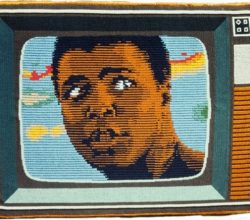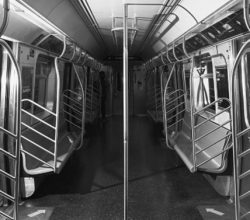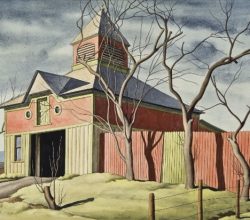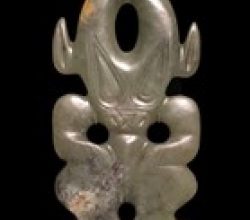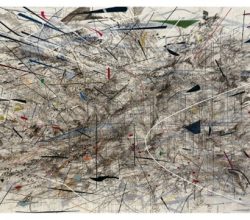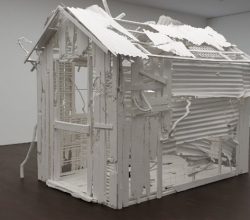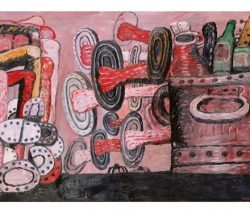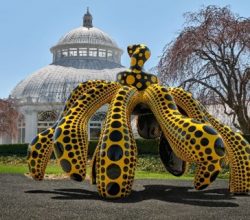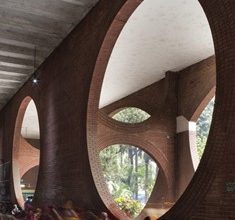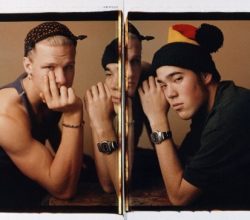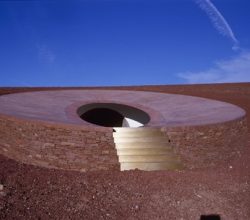
The light fantastic
Wil Hylton | Smithsonian Magazine | 1st May 2021
Turrell reveals previously unknown details of his 45-year project, Roden Crater, situated in a dormant volcano in the Arizona desert. It will comprise a series of tunnels and chambers each of which will “capture celestial light”. It won’t be your standard museum – “Guests will be encouraged to wake before dawn and walk to a small pool, and swim through an underwater passage to a larger pool … [where they can] watch the desert sun rise over a watery horizon.”

